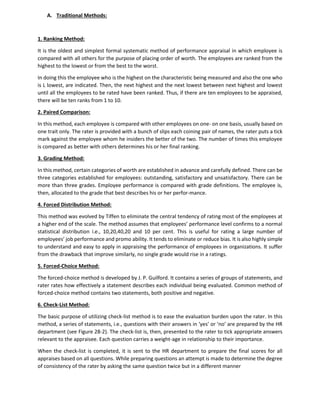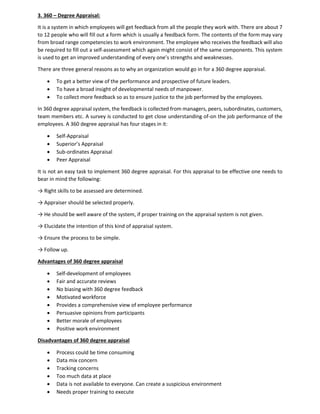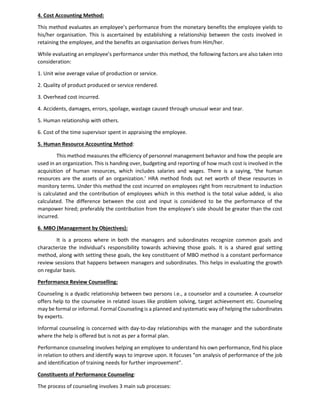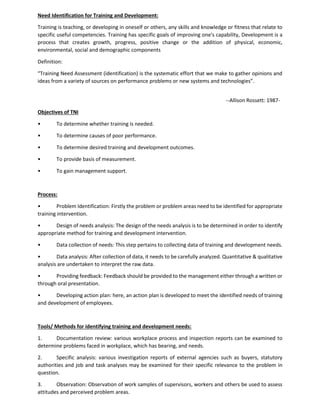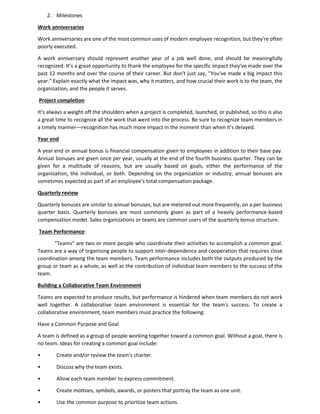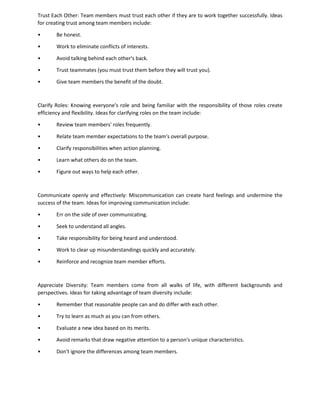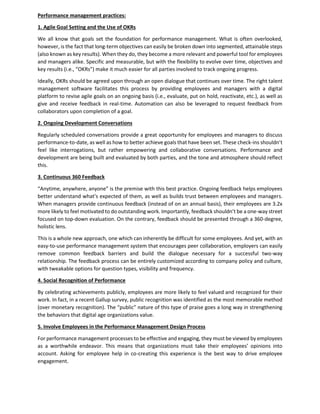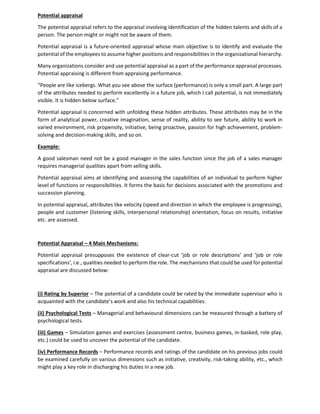Performance management is a systematic approach that focuses on managing individual performance to enhance personal development and meet organizational goals. It includes defining objectives, offering opportunities for learning, ensuring fair treatment, and improving human resource planning, recruitment, and employee relations. Performance appraisal, a key component of performance management, provides valuable feedback and informs decisions regarding promotions and compensation, ultimately leading to increased efficiency and productivity.




